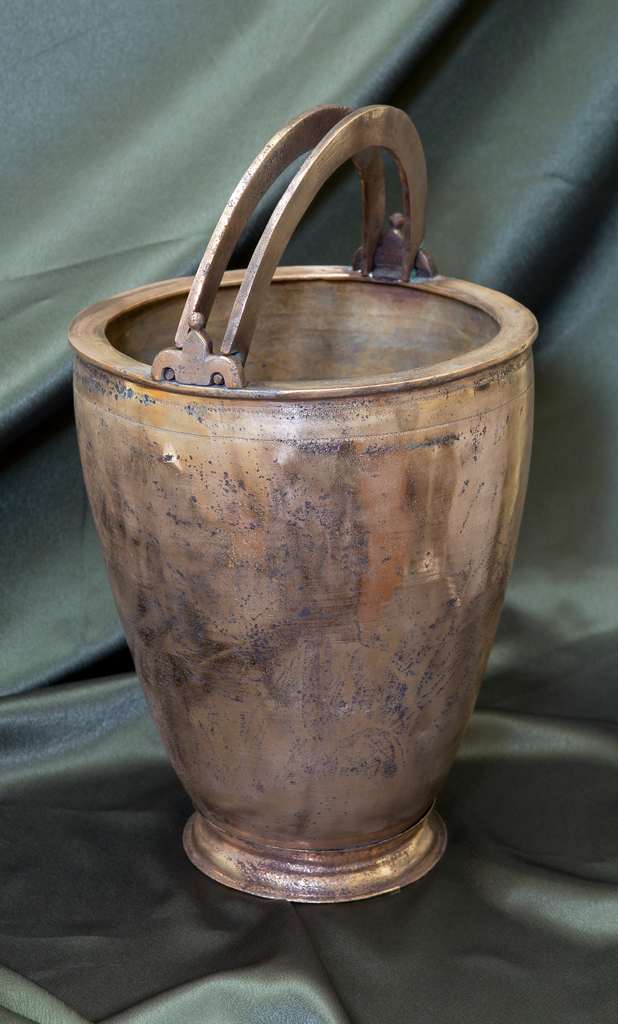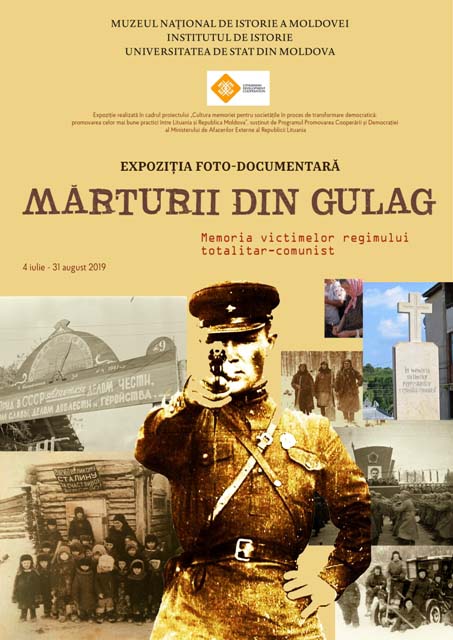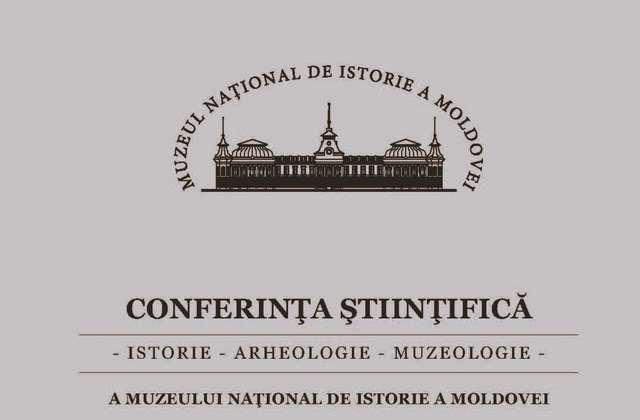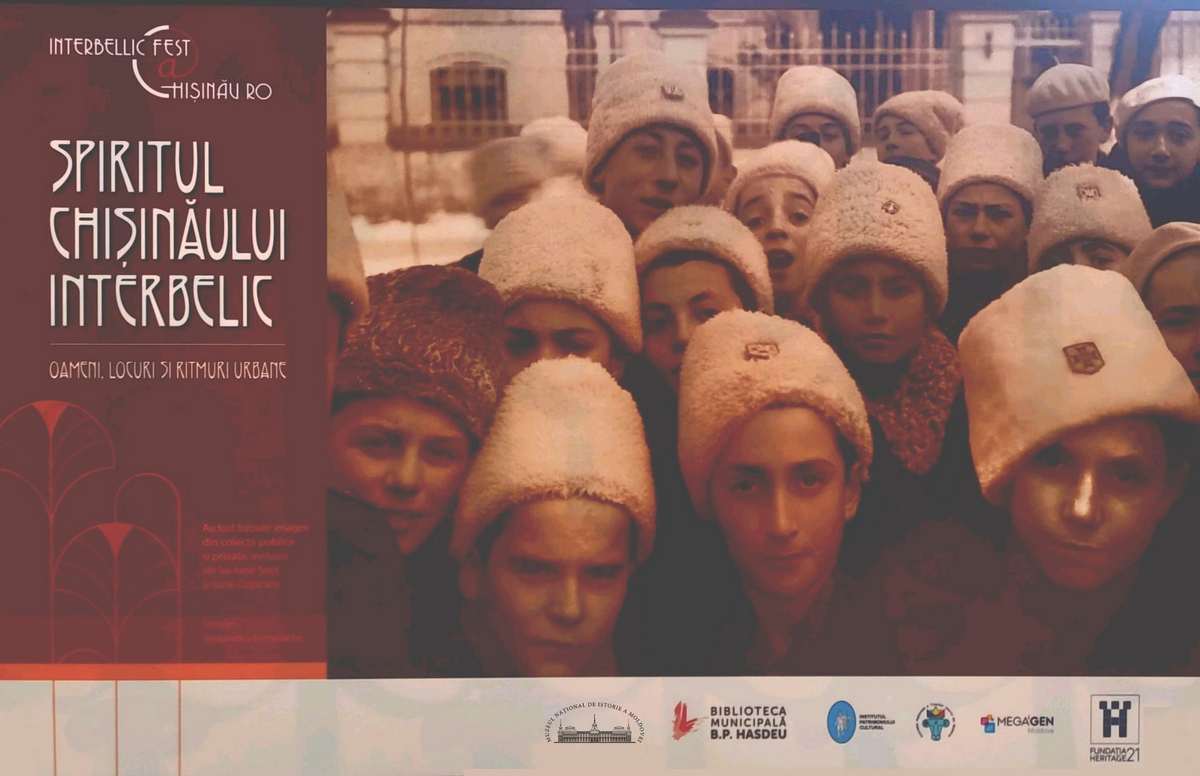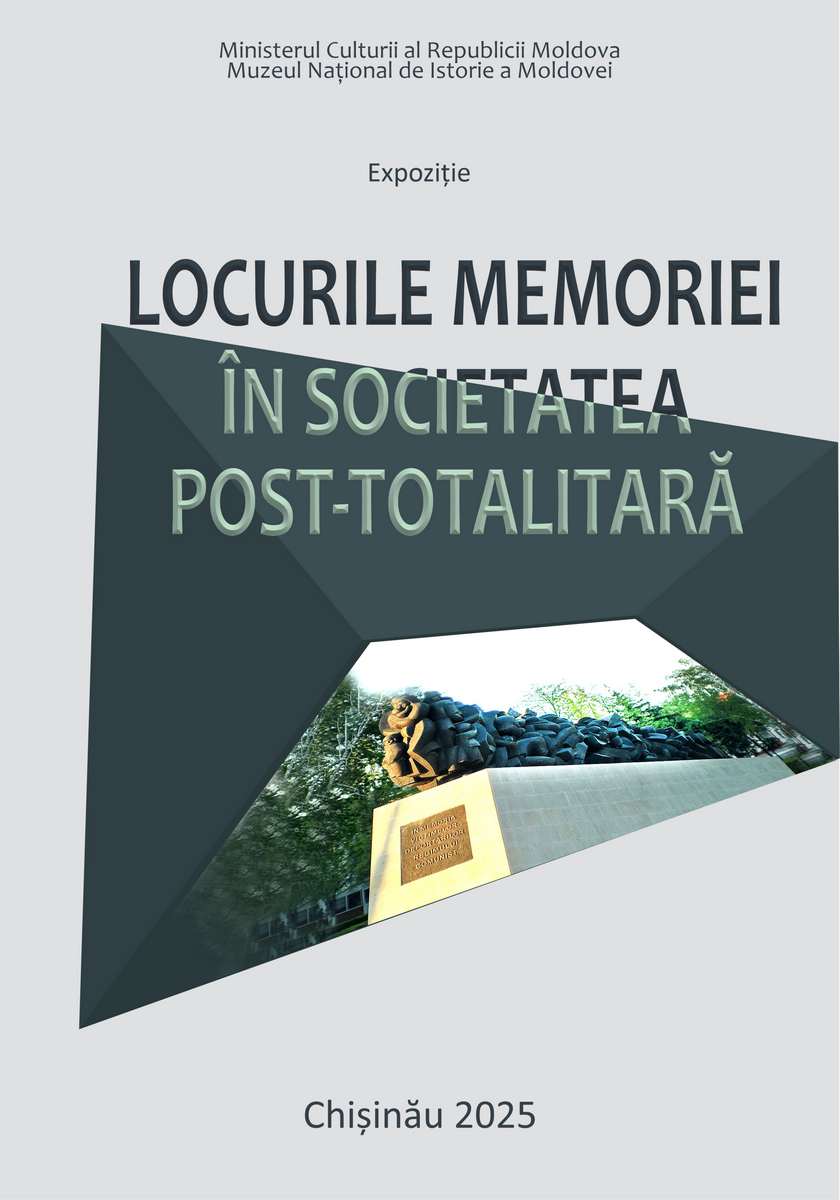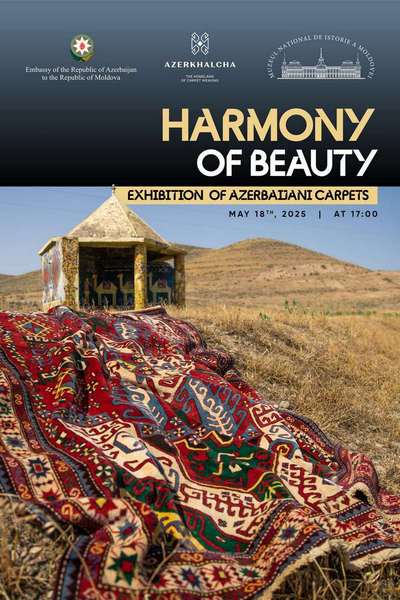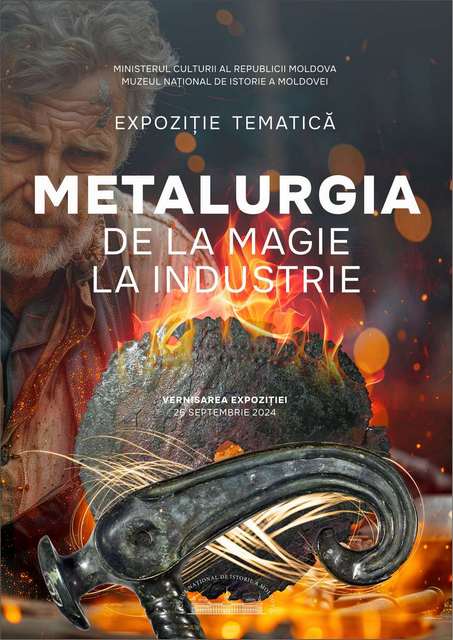The National Museum of History of Moldova opened on July 4, 2019, the exhibition „Testimonies from the Gulag. The memory of the victims of the totalitarian-communist regime".
The establishment of the Soviet occupation regime in the territory left of the Prut River had dramatic consequences that are still visible in the present in the Moldovan society. The politics of repression and forced Soviet actions began with the adoption in the period between August 26 and November 4, 1940 of three decisions on the recruitment of 59,500 people, mostly from rural areas, as workforce for the carbon and steel industry in USSR. On June 12-13, 1941, in 6 Bessarabian counties incorporated into the Moldovan Soviet Socialist Republic, 4,507 persons were arrested and 13,885 persons were deported. The second wave of deportations took place on July 5-9, 1949, on the basis of a top secret decision of the Political Bureau of the Central Committee of the Communist Party, where 35,796 persons were deported to Siberia and northern Kazakhstan, of which 11,889 were children. On the night of March 31 to April 1, 1951, the third wave of deportations followed, this time on confessional grounds, with the repression of 2,617 people, including 842 children, members of religious organizations considered illegal and anti-Soviet. The cereal requisition policy, established by the Council of People's Commissars of the Moldavian SSR and the Central Committee of the Communist (b) Party of Moldova of April 9, 1945, obliges the peasants to surrender to the state the required cereal quotas - the so-called postavka. Failure to comply with these decisions implied punishment of peasants according to Art. 58 and 58-1 of the Criminal Code of the Ukrainian SSR, and the famine in the years 1946-1947 was caused by the abusive policy of the Soviet state of collecting peasant grain. The number of people who died from hunger and illness between December 1946 and August 1947 ranges from 115,000 to 250,000; adding to these 350,000 other victims of malnutrition; during the famine were recorded 39 cases of cannibalism.
The photo-documentary exhibition "Testimonies from the Gulag: the memory of the victims of the totalitarian-communist regime" presents the testimonies of the victims and survivors of political repressions and mass deportations during the Soviet period. The images and documents exhibited from the collections of the National Museum of History of Moldova and the documents valorized within the State Program "Historical recovery and valorization of the memory of the victims of the totalitarian-communist regime in the Moldavian SSR during the period 1940-1941, 1944-1953" present to the general public the horrors of the totalitarian-Soviet regime and the memory of this tragic period in our people's history.
The exhibition is devoted to the sad anniversary of the second wave of deportation of July 5 to 9, 1949, and to the memory of all the victims of the totalitarian-communist regime.
The exhibition was developed in the framework of the project "The culture of memory for the societies in process of democratic transformation: promotion of best practices between Lithuania and the Republic of Moldova", supported by the Development Cooperation and Democracy Promotion Programme of the Ministry of External Affairs of the Republic of Lithuania and the Embassy of the Republic of Lithuania to the Republic of Moldova.
Institutional partners:
National Museum of History of Moldova
Institute of History
Center for Excellence Institute ProMemoria, Moldova State University
State University „Alecu Russo" from Bălți
State University „B.P. Hasdeu" from Cahul
* The term GULAG is used from the Russian language with the original meaning of the Main Administration of Labor Camps on the territory of the USSR, which has considerably expanded its content after 1989 by designating the emblematic area of detention in any form, including deportations, prisons, forced residence regime, restriction of the right to choose the place of work and living, etc.




